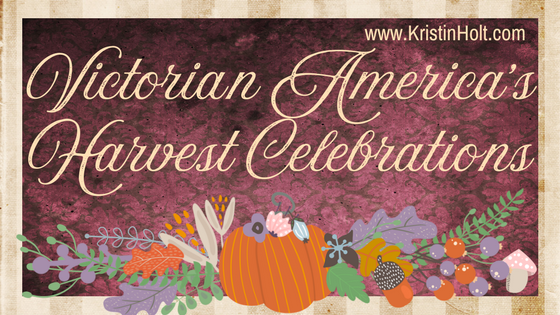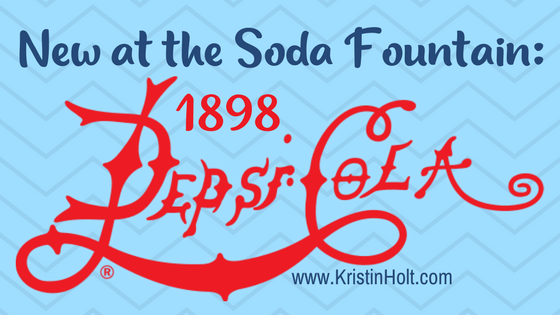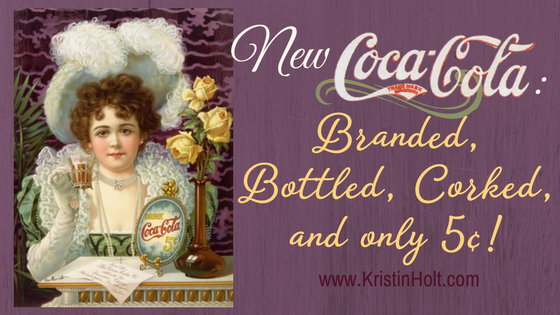
by Kristin Holt | Feb 6, 2018 | Articles
Rotary Egg Beaters are an American Victorian invention–and came along early enough to make a significant difference to home cooks…early enough for homemade Angel’s Food Cake! So why, then, do so many recipes insist upon beating the egg whites by hand–for a full hour? Why not use the newly patented, amazingly successful invention?

by Kristin Holt | Nov 22, 2017 | Articles
Harvest Celebrations from the mid- to latter-half of the 19th century, as reported in newspapers in the United States, show the different types of “Harvest Customs” celebrated. Some customs and words were borrowed from various German immigrants, others were simple gatherings after the work of the harvest with time for thanksgiving and gratitude for adequate (or abundant) food to last until next harvest season.

by Kristin Holt | Aug 10, 2017 | Articles
In Part 2 of this blog series, I share 70 newspaper clippings from Victorian America, wherein reports abound that husbands have sold their wives. Prices range from $0.05 (5 cents) to thousands of dollars (US, Victorian). I provided price comparisons, just for impact. Throughout, I provided my opinions regarding TRUTH or JOKE. Ultimately, there had to be some of both. What a bizarre practice!

by Kristin Holt | Jul 15, 2017 | Articles
Pepsi-Cola was born in North Carolina from a soda fountain beverage first known as “Brad’s Drink”. Caleb Davis Bradham ran a drugstore and served cola-based beverages to his customers. His own creation, (“Brad’s Drink” which became) Pepsi-Cola, arrived at the turn of the century. Pepsi-Cola few with the new (20th) century, with changing logos, bottle shapes, and the nickel-a-glass price. One big difference from Victorian Coca-Cola? Twice the size of that glass, for the same price.

by Kristin Holt | Jul 5, 2017 | Articles
In the 1890s, Coca-Cola bottled their carbonated beverage, first in cork-sealed bottles. Metal caps came along relatively quickly. The company went through many different glass bottles until settling on their branded shape that is still in use today. Coca-Cola’s logos changed very little through the years, and the Victorian-era Spencerian script is still Coke’s highly recognizable choice today. Each glass (or bottle), about 6 oz. each, sold for just 5¢. Initially promoted as a health-promoting, illness-defeating tonic (patent medicine), the beverage was soon advertised as a refreshing beverage…and with good reason.













